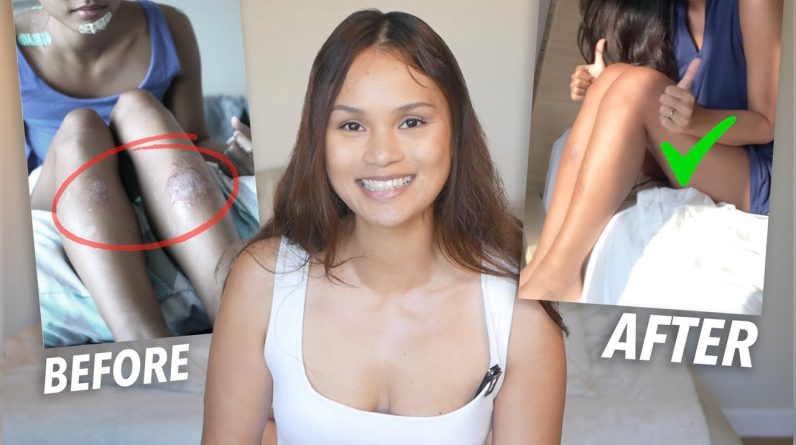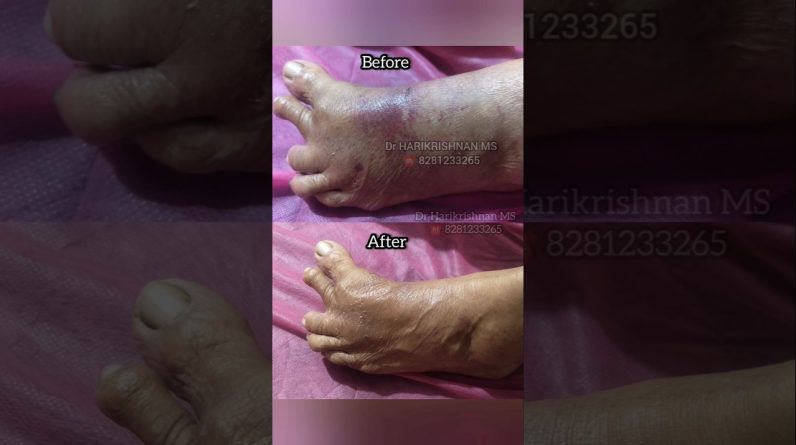Benefits of Aloe Vera for Your Hair
You may have used Aloe Vera to soothe sunburns, but did you know that it may also have benefits for your hair? Here’s what to know about how aloe vera can strengthen your hair and help you manage an itchy scalp or greasy strands.
But there have been few scientific studies on its effects on hair. Research on its benefits, in general, has been mixed. But this may be because it has so many properties and active ingredients. The varied effects of aloe vera may be due to the combination of chemicals and active ingredients.
These are some of the benefits of aloe vera for hair:
Strengthens hair. Aloe vera has many active ingredients and minerals that can help strengthen your hair. It has fatty acids and amino acids and is rich in vitamins A, B12, C, and E. These play a part in healthy hair follicles.
Controls greasy hair. Aloe vera has enzymes that break down fats and so strips your hair of any extra oil (sebum).
Helps an itchy scalp. Seborrheic dermatitis is a common inflammatory skin condition that affects your scalp. It causes dandruff, red skin, and scaly patches. Researchers have found that aloe vera can significantly decrease the scaliness and itchiness.
Protection from UV damage. A study found that fresh aloe vera juice offers protection from ultraviolet (UV) radiation that comes from the sun. UV exposure can cause your hair to lose its shine and color, and make it rough and less elastic, leading to breakage. The amount of protection from UV light depends on the type of hair.
Hair growth. Some people say aloe vera helps with hair growth, but there’s no scientific proof. However, researchers believe that aloenin, a chemical compound in the plant, is a primary factor in promoting hair growth, as found in people with a hair-loss condition called alopecia. It has been used to improve hair health and lessen breakage, which contributes to hair growth.
Risks of Aloe Vera
In general, there are few risks in using aloe vera on your skin. Some people may be allergic to it and develop a skin rash. Check to be sure by rubbing a small amount on the inside of your wrist. Wait about 2 hours to see if your skin has any reaction.
If you’re using steroid creams such as hydrocortisone, be careful with aloe vera. It can increase the amount of cortisone absorbed by your skin.
Also be careful if you’re planning to consume aloe vera. Aloe vera latex and whole leaf extracts are probably unsafe in high doses. Side effects include kidney problems, abdominal cramps, and diarrhea. There are also potential interactions with medications like anticoagulants and diabetes drugs.
Tips for Using Aloe Vera
You can buy aloe vera gel from stores. Look for a product that has 100% aloe vera, without any added ingredients like fragrances and alcohol. You can also extract the gel from aloe vera leaves. Some natural food stores sell the leaves, or you can grow it as a houseplant.
Here’s how to remove the gel from an aloe vera plant:
Remove a leaf from the plant. Pick the older, thicker leaves from the outside of the plant.
Let the yellow latex drain away from the leaf. Discard the latex.
Rinse the leaf.
Use a sharp knife to remove the spiny ends.
Run your knife or peeler lengthwise along the leaf to remove the skin.
Cut out or scoop the clear gel.
Fresh aloe vera gel doesn’t last very long, but you can store it in a sealed container in the fridge for up to a week, or freeze it.
Hair and scalp treatment. You can directly apply the raw aloe vera gel to your hair and scalp. Work it in with your hands into your scalp, hair, and ends. To help seal in the moisture, apply a few drops of castor oil and massage in. Leave the aloe vera in for about 30 minutes and then rinse off.
For greasy hair. Mix 1 to 2 tablespoons of aloe vera gel with 1 tablespoon of lemon juice and 1 cup of water. After shampooing, rinse with this solution, leave for a few minutes, and then rinse again.
source








